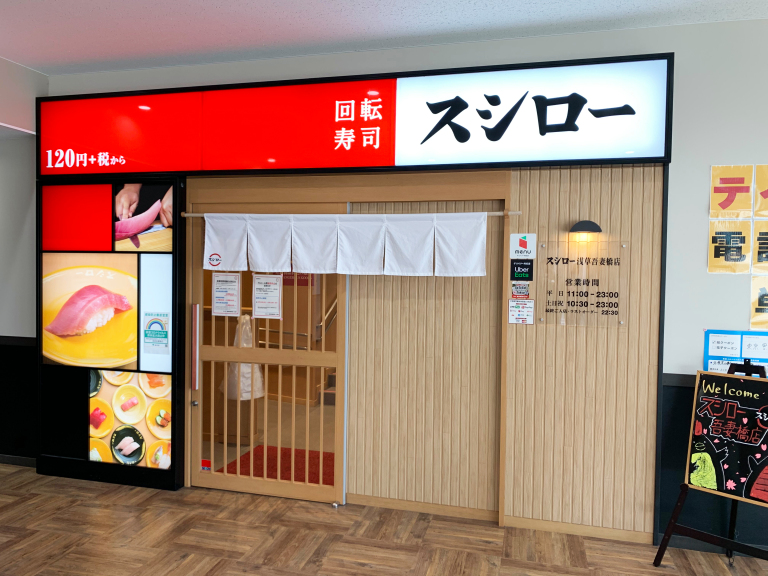
We asked a kaiten-zushi superfan, and they didn’t disappoint!
If we were to ask you to name a type of Japanese food, what would be the first thing that comes to mind? Probably sushi, right? In Japan, sushi is easy to find and even completely affordable if you go to a conveyer belt-style sushi restaurant, also known as kaiten-zushi. It’s a popular spot for family dinners, meals with friends, and even solo dining.
Unfortunately, not everyone eats raw fish, even in Japan, but luckily for those that don’t, kaiten-zushi restaurants serve plenty of dishes other than raw sushi, so you don’t have to turn down an invitation from family and friends to dine there. In fact, our Japanese-language reporter Seiji Nakazawa asked a kaiten-zushi superfan for some recommendations for non-sushi options at Sushiro, one of the most popular rotating sushi restaurants, and they did not disappoint!
▼ Our own office enjoys a trip to Sushiro, especially to crush a food challenge.
Our superfan, who we’ll call Kurara Sengyo, is an office worker who discovered the charms of rotating sushi restaurants more than 30 years ago. Ever since then, they live every day just to eat at kaiten-zushi restaurants. Surprisingly, when Seiji asked Kurara about the non-sushi options at Sushiro, they told him that their favorite thing on the menu isn’t actually raw fish.
Kurara: “All of the branches might not have all the same menu items, but if that’s okay I’ll give you some recommendations.”
Seiji: “Yes, please!”
Kurara: “Now, for me, since I like raw fish, that’s the first thing I always order. But lately there’s a dish I just have to eat every time I go, and that’s the Butterfish Tempura Nigiri” [マナガツオ天ぷら握り/’Managatsu Tempura Nigiri’]
Kurara: “The size of the tempura is huge, and the skin is so crispy and the inside so fluffy. With a little bit of salt, these are unbelievably delicious. Since it’s only 150 yen (US$1.30), or 170 yen in the city, I can’t help but order several plates every time.”
The description alone sounds delicious. There’s nothing like a fluffy interior surrounded by a deliciously crunchy exterior. If you don’t eat raw fish but you do like cooked fish, this is definitely a good substitute. And you can’t beat the price!
Kurara: “You might think only of raw fish when you think of sushi, but fried options often come in big portions for a good price. Fried shrimp and crab sticks are usually pretty big and pretty cheap. And Sushiro’s tempura is especially good with its really light battering. I highly recommend it!”
“What about noodle dishes?” asked Seiji. When people in Japan think of kaiten-zushi dishes without raw fish, noodles are the first thing that come to mind. Which dish is the best at Sushiro, according to Kurara?
Kurara: “In my opinion, the noodle dishes at Sushiro feel more like they’re meant to be a palate cleanser. Well, at 330 yen or thereabouts you can’t beat their cost performance, but I think of them as a more an in-between food than a main dish. However, the Roast Beef Mazesoba (ローストビーフまぜそば) is actually a pretty strong contender on its own.”
Kurara: “It has a nice, thick soup, and that, together with the soft-boiled egg and the roast beef, makes a dish that’s satisfying enough to eat on its own. It costs 380 yen (400 yen in the city) so it’s a little more expensive, but you won’t regret ordering it. It’s not rich or anything either, which is nice.”
Seiji: “I tried that the other day! It definitely felt like something I could eat two of.”
Kurara: “It’s part of the Meat Festival campaign they’re holding right now until May 9, so it might not be around forever…but on the other hand it could become a secret menu item after this!”
Seiji: “Do you have any fried food recommendations from the side menu?”
Kurara: “To be honest, any of Sushiro’s fried foods are good. The fries and the pumpkin tempura are just 100 yen (120 yen in the city) and come in a good portion size. But I absolutely have to recommend the Octopus Karaage (たこのから揚げ, ‘Tako no Karaage’) for 280 yen (300 yen in the city).”
Seiji: “Even though karaage is usually fried chicken, you recommend the octopus instead?”
Kurara: “The chicken karaage, when you look at the price, is just kind of average. But the octopus karaage is crazy good. I only just tried it for the first time recently and now I wonder why I waited so long. If you just squeeze a little lemon over it…it’s so good. I order it every time I go. If you think I’m messing with you you have to try it yourself.”
When Seiji did get around to trying it, he found it was delightfully crunchy, and the tart lemon juice paired nicely with its crispy batter. He also enjoyed the firmness of the parboiled octopus…All that together made for a very tasty dish. As expected, a sushi restaurant would know how to draw out the true potential of the octopus.
Kurara: “Lastly, the ‘Tamago no Hashi’ (たまごの端) is the perfect way to end your meal.”
This is a version of a Japanese omelet laid over a bed of sushi rice, but it’s a secret menu item that you have to ask for. It comes larger and firmer than regular “tamago-yaki” sushi, and makes for the perfect end to your fully-cooked Sushiro Dinner.
Kurara gave us some really tasty recommendations, so if you’re at a loss as to where to start, try these! Of course, kaiten-zushi chains like Sushiro all offer tons of things that aren’t made of raw fish on their menu, like chawan-mushi egg custard and even dessert, so the best way to go about it is probably to just try everything out and see what you like best. Maybe then you, too, can become a kaiten-zushi superfan, even if you don’t like raw fish!
Images © SoraNews24
● Want to hear about SoraNews24’s latest articles as soon as they’re published? Follow us on Facebook and Twitter!
[ Read in Japanese ]

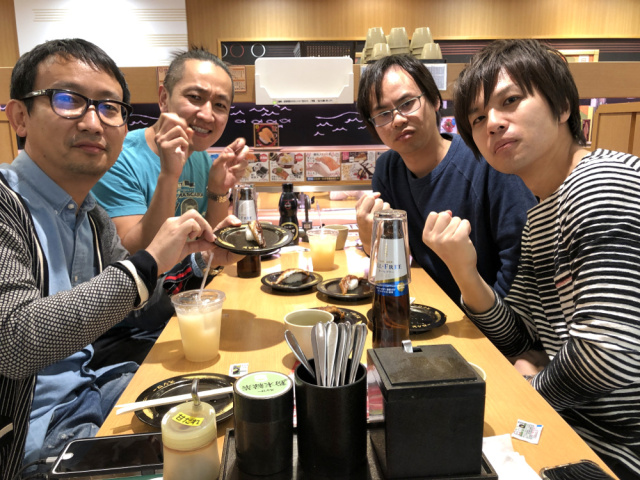
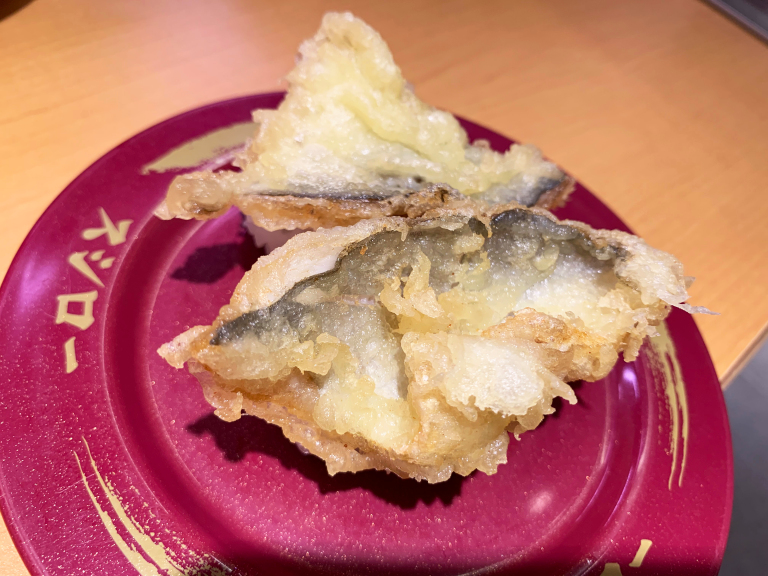
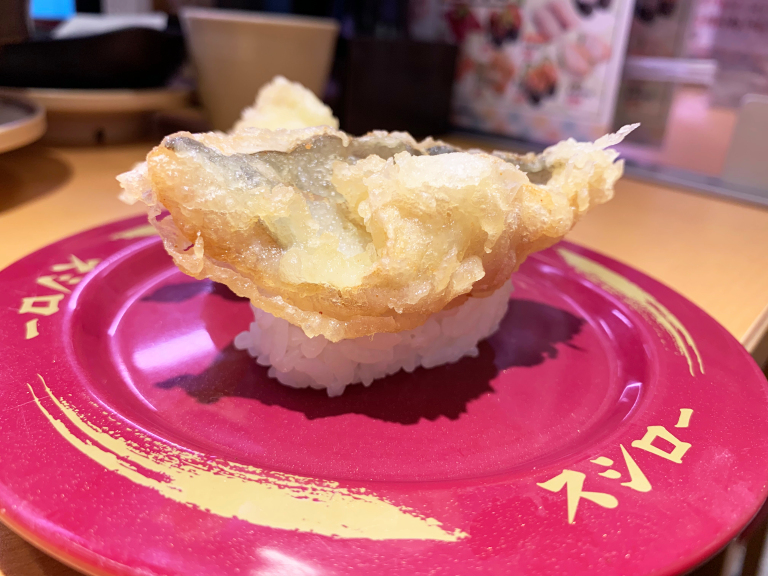
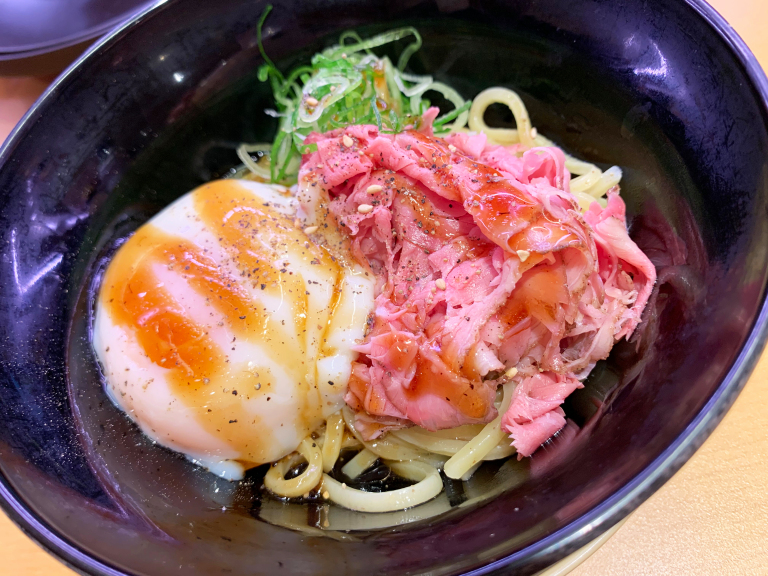
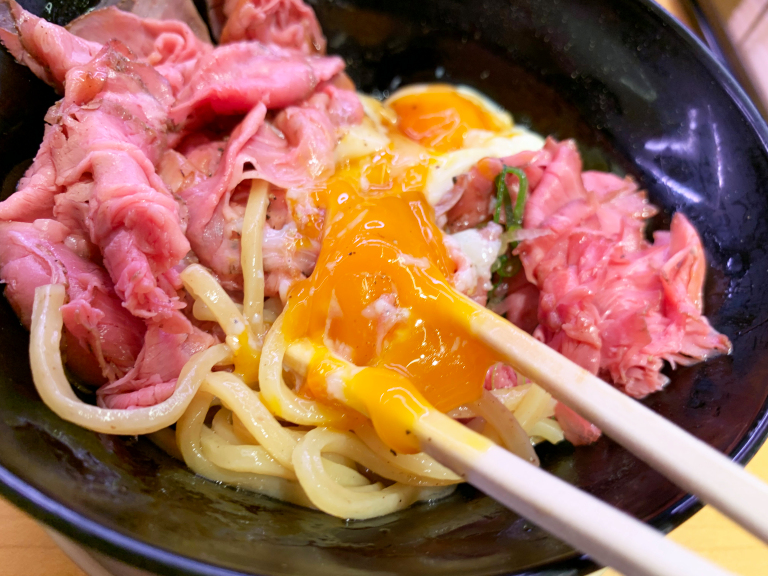
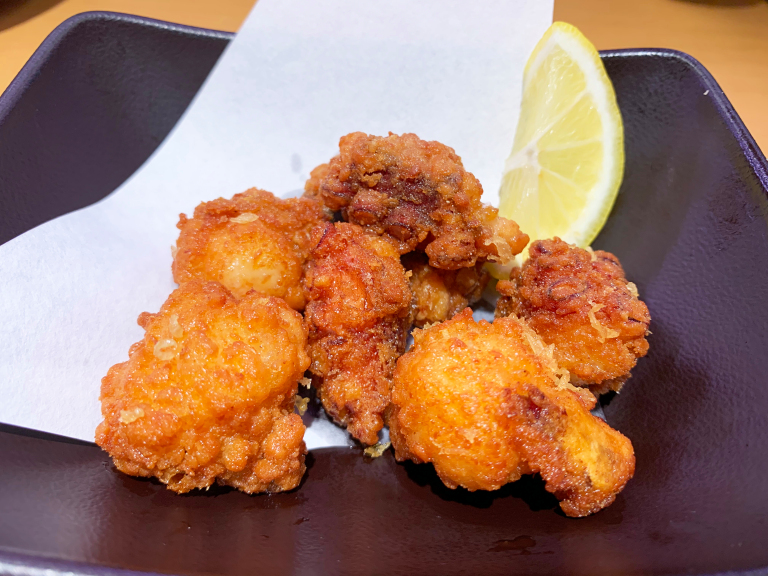
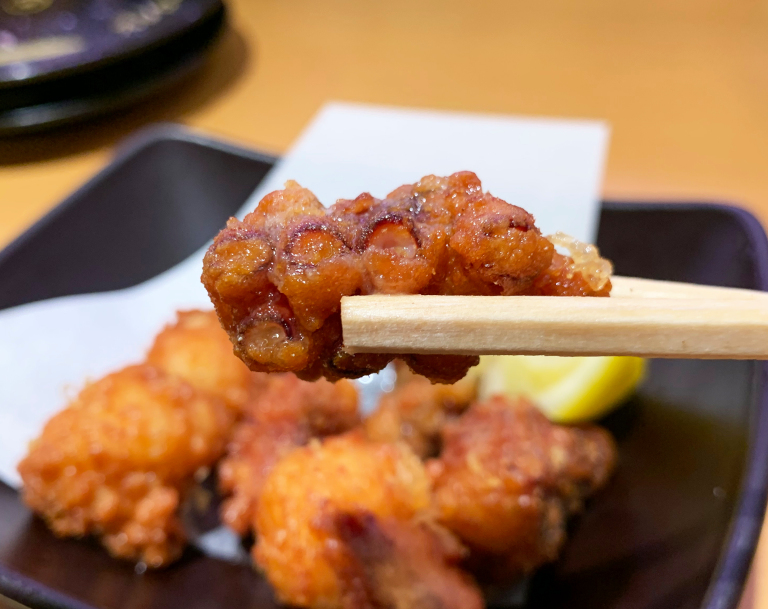
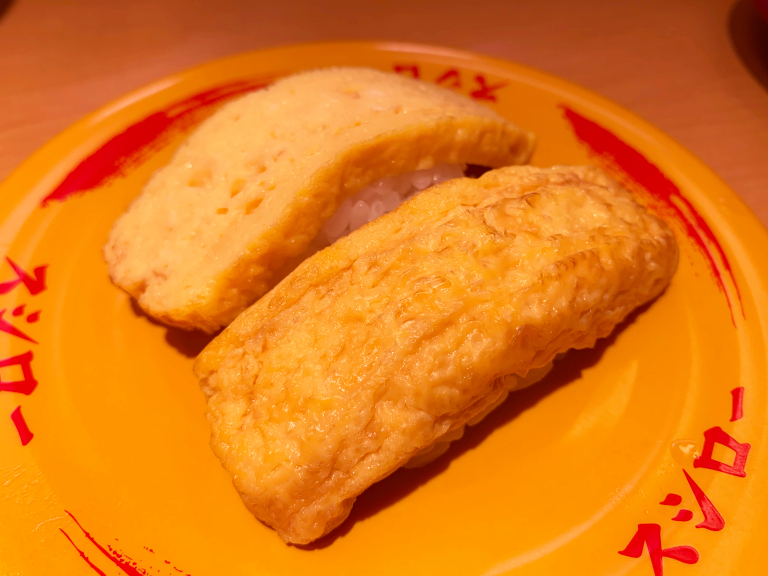
 What should you use table salt for at a sushi restaurant? We asked a kaitenzushi maniac
What should you use table salt for at a sushi restaurant? We asked a kaitenzushi maniac Put down the soy sauce! We try a new “expert” way to season your sushi【Taste test】
Put down the soy sauce! We try a new “expert” way to season your sushi【Taste test】 Revolving sushi restaurant’s “Sushi of the World” Festival brings unusual fish to the table
Revolving sushi restaurant’s “Sushi of the World” Festival brings unusual fish to the table Meat lovers, you can now satisfy your carnivorous cravings at this revolving sushi restaurant!
Meat lovers, you can now satisfy your carnivorous cravings at this revolving sushi restaurant! Shun seafood sushi with new meat sushi lineup at Japan’s favorite kaitenzushi chain
Shun seafood sushi with new meat sushi lineup at Japan’s favorite kaitenzushi chain McDonald’s new Happy Meals offer up cute and practical Sanrio lifestyle goods
McDonald’s new Happy Meals offer up cute and practical Sanrio lifestyle goods All-you-can-drink Starbucks and amazing views part of Tokyo’s new 170 meter-high sky lounge
All-you-can-drink Starbucks and amazing views part of Tokyo’s new 170 meter-high sky lounge Studio Ghibli releases new action figures featuring Nausicaä of the Valley of the Wind characters
Studio Ghibli releases new action figures featuring Nausicaä of the Valley of the Wind characters Starbucks reopens at Shibuya Scramble Crossing with new look and design concept
Starbucks reopens at Shibuya Scramble Crossing with new look and design concept Super Nintendo World expansion gets delayed for several months at Universal Studios Japan
Super Nintendo World expansion gets delayed for several months at Universal Studios Japan Studio Ghibli glasses cases let anime characters keep an eye on your spectacles
Studio Ghibli glasses cases let anime characters keep an eye on your spectacles 11 different ways to say “father” in Japanese
11 different ways to say “father” in Japanese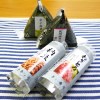 The madness ends now: How to conqueror impossible-to-open Japanese convenience store snacks
The madness ends now: How to conqueror impossible-to-open Japanese convenience store snacks Gacha machine backpack is Japan’s hottest new fashion statement
Gacha machine backpack is Japan’s hottest new fashion statement Is it OK to bite through your ramen noodles while slurping them in Japan? Internet debates
Is it OK to bite through your ramen noodles while slurping them in Japan? Internet debates More foreign tourists than ever before in history visited Japan last month
More foreign tourists than ever before in history visited Japan last month Disney princesses get official manga makeovers for Manga Princess Cafe opening in Tokyo
Disney princesses get official manga makeovers for Manga Princess Cafe opening in Tokyo Beautiful new Final Fantasy T-shirt collection on the way from Uniqlo【Photos】
Beautiful new Final Fantasy T-shirt collection on the way from Uniqlo【Photos】 Is the new Shinkansen Train Desk ticket worth it?
Is the new Shinkansen Train Desk ticket worth it? Foreign English teachers in Japan pick their favorite Japanese-language phrases【Survey】
Foreign English teachers in Japan pick their favorite Japanese-language phrases【Survey】 Beautiful Sailor Moon manhole cover coasters being given out for free by Tokyo tourist center
Beautiful Sailor Moon manhole cover coasters being given out for free by Tokyo tourist center Studio Ghibli releases Kiki’s Delivery Service chocolate cake pouches in Japan
Studio Ghibli releases Kiki’s Delivery Service chocolate cake pouches in Japan Japan’s bone-breaking and record-breaking roller coaster is permanently shutting down
Japan’s bone-breaking and record-breaking roller coaster is permanently shutting down New definition of “Japanese whiskey” goes into effect to prevent fakes from fooling overseas buyers
New definition of “Japanese whiskey” goes into effect to prevent fakes from fooling overseas buyers Our Japanese reporter visits Costco in the U.S., finds super American and very Japanese things
Our Japanese reporter visits Costco in the U.S., finds super American and very Japanese things Studio Ghibli unveils Mother’s Day gift set that captures the love in My Neighbour Totoro
Studio Ghibli unveils Mother’s Day gift set that captures the love in My Neighbour Totoro Domino’s Japan now sells…pizza ears?
Domino’s Japan now sells…pizza ears? New Japanese KitKat flavour stars Sanrio characters, including Hello Kitty
New Japanese KitKat flavour stars Sanrio characters, including Hello Kitty One of Tokyo’s most famous meeting-spot landmarks is closing for good
One of Tokyo’s most famous meeting-spot landmarks is closing for good Kyoto creates new for-tourist buses to address overtourism with higher prices, faster rides
Kyoto creates new for-tourist buses to address overtourism with higher prices, faster rides Sales of Japan’s most convenient train ticket/shopping payment cards suspended indefinitely
Sales of Japan’s most convenient train ticket/shopping payment cards suspended indefinitely Sold-out Studio Ghibli desktop humidifiers are back so Totoro can help you through the dry season
Sold-out Studio Ghibli desktop humidifiers are back so Totoro can help you through the dry season Japanese government to make first change to romanization spelling rules since the 1950s
Japanese government to make first change to romanization spelling rules since the 1950s Ghibli founders Toshio Suzuki and Hayao Miyazaki contribute to Japanese whisky Totoro label design
Ghibli founders Toshio Suzuki and Hayao Miyazaki contribute to Japanese whisky Totoro label design Doraemon found buried at sea as scene from 1993 anime becomes real life【Photos】
Doraemon found buried at sea as scene from 1993 anime becomes real life【Photos】 Tokyo’s most famous Starbucks is closed
Tokyo’s most famous Starbucks is closed One Piece characters’ nationalities revealed, but fans have mixed opinions
One Piece characters’ nationalities revealed, but fans have mixed opinions We asked a Uniqlo employee what four things we should buy and their suggestions didn’t disappoint
We asked a Uniqlo employee what four things we should buy and their suggestions didn’t disappoint Princesses, fruits, and blacksmiths: Study reveals the 30 most unusual family names in Japan
Princesses, fruits, and blacksmiths: Study reveals the 30 most unusual family names in Japan How to have a great meal at conveyer belt sushi chain Kura Sushi even if you hate raw fish
How to have a great meal at conveyer belt sushi chain Kura Sushi even if you hate raw fish Japan’s favorite super-cheap revolving sushi restaurant finally comes to Akihabara!
Japan’s favorite super-cheap revolving sushi restaurant finally comes to Akihabara! Let’s go to a conveyor belt sushi restaurant — to enjoy delectable desserts!
Let’s go to a conveyor belt sushi restaurant — to enjoy delectable desserts! Japan super budget dining – What’s the best way to spend 1,000 yen at sushi restaurant Sushiro?
Japan super budget dining – What’s the best way to spend 1,000 yen at sushi restaurant Sushiro? Which Japanese conveyor belt sushi chain has the best tuna sushi?【Taste test】
Which Japanese conveyor belt sushi chain has the best tuna sushi?【Taste test】 We try a rotating sushi restaurant in New Delhi, are surprised to find no rotating sushi
We try a rotating sushi restaurant in New Delhi, are surprised to find no rotating sushi Which Japanese conveyor belt sushi chain has the best Prawn Tempura Sushi?【Taste test】
Which Japanese conveyor belt sushi chain has the best Prawn Tempura Sushi?【Taste test】 Sushiro is making sushi so delicious that even McDonald’s should be worried
Sushiro is making sushi so delicious that even McDonald’s should be worried Which Japanese conveyer belt sushi chain has the best steamed egg custard? 【Taste test】
Which Japanese conveyer belt sushi chain has the best steamed egg custard? 【Taste test】 Which Japanese conveyor belt sushi chain has the best salmon sushi?【Taste test】
Which Japanese conveyor belt sushi chain has the best salmon sushi?【Taste test】 Which Japanese conveyor belt sushi chain has the best negitoro sushi?【Taste test】
Which Japanese conveyor belt sushi chain has the best negitoro sushi?【Taste test】 Which Japanese conveyor belt sushi chain has the best aosa miso soup?【Taste test】
Which Japanese conveyor belt sushi chain has the best aosa miso soup?【Taste test】 6 things you should try at Sushiro right now, according to staff who work there
6 things you should try at Sushiro right now, according to staff who work there Which Japanese conveyor belt sushi chain has the best egg sushi?【Taste test】
Which Japanese conveyor belt sushi chain has the best egg sushi?【Taste test】 Japan’s Sushiro revolving sushi chain stops revolving with conveyor-less food court branch
Japan’s Sushiro revolving sushi chain stops revolving with conveyor-less food court branch
Leave a Reply